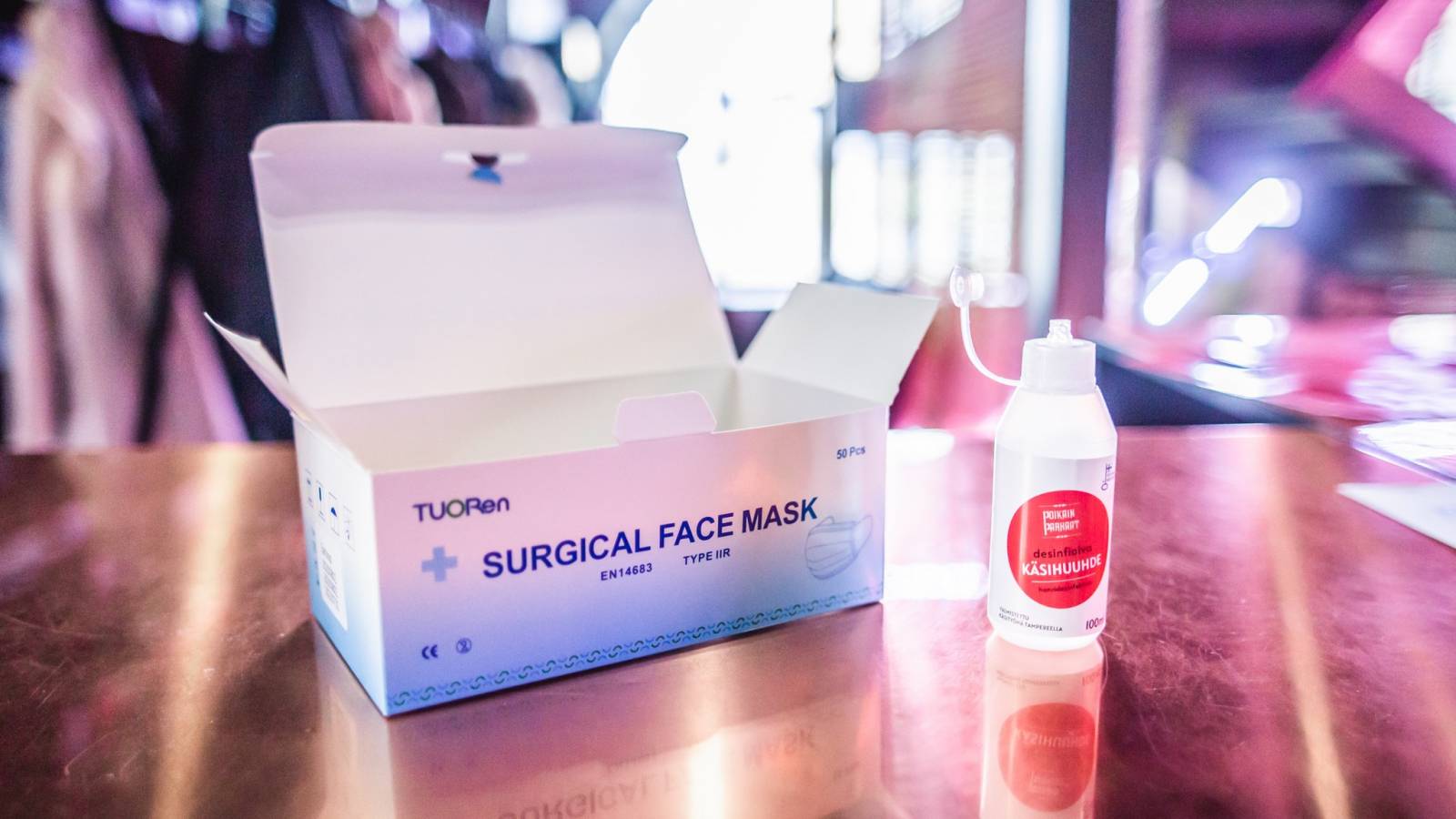This blog post was originally published in Smart Tampere website (9/2020)
Events have taken on new forms during the exceptional circumstances marked by the COVID-19 this spring and summer. In majority of events, physical presence has been replaced by live broadcasts or other streaming options viewed from the home couch. Those events that have been able to take place within the restrictions have had to ensure the safety of participants through extensive security arrangements. Can it be so that in the future physical presence in events will be luxury and possible for small audiences only, while majority of the population can only participate digitally? At the same time, the forms of community in general and the role of events as their reproducer in particular even city-wide will inevitably change.
Transformation of participation and a new era in event production
It has been interesting to follow the diversification of event consumption. If the change we now witness is permanent, the future physical events will constitute just one distribution channel through which experiences will be enjoyed and shared. This changes the logic by which events are produced and venues are designed, built, or equipped. At the same time, there may be needs for different service concepts: for example, eventgoers would be able to select their level of isolation (but also ways of coming together) according to their needs and requirements. In many summer events, such as the Suvilahti Live at TBA Terrace in Helsinki, participants were split into smaller tables in order to keep safety distances.
Modern technologies increase also the diversity of events
Most obviously, hybrid forms in experiencing remote and live events will increase. Opera provides an example that precedes the current global pandemic: Performances from the world-famous New York Metropolitan scene have been successfully conveyed to local cinemas offering state-of-the-art sound. Indeed, the normalization of technology-assisted forms of remote participation is more likely to occur if the second wave of COVID-19 is ahead. In the future, super-fast connections and artificial intelligence can create virtual events beyond our imagination. American rapper Travis Scott gave recently an insight of what the future might look like, performing on the popular Fortnite game platform.
When the opportunity to enjoy experiences is no longer limited to on-site access or ticket availability, evolving business opportunities arise. At the same time, however, competition between different types of events gets heavier as their range grows: a world-class megastar concert tour will compete with an interesting neighborhood festival, even though previously the two events didn’t even fall into the same category. And will we see hybrid events in the future where local “module festivals” can be connected as part of or within global mega-events?
Will the role of cities as event hubs change?
The effects of the COVID-19 pandemic on large and densifying cities have been widely discussed in public, especially with regard to potentially changing housing preferences. How do events adapt to this urban development? Global population growth and urbanization have driven people to live in cities and by 2050, up to two-thirds of the population will live in urban areas. Cities are increasingly the centers of social and economic life in need of smart city elements with a variety of digital services.
Events are attractions with certain industrial logic: critical mass and efficient logistics are needed. Large urban areas maintain sufficient demand for diverse event activities. On the other hand, cities as service centers are full of actors who are able to build service packages around, for example, remote events. Tampere city region has a high-class know-how in event production which can be sold for consumption either on site or remotely, in the same way that fabrics or locomotives were exported from Tampere to elsewhere.
Security and safety, but not boredom
In late summer, a few festivals were held in Finland. Some were concerned about the infection risk, others may have worried about social distancing taking away the atmosphere from the events. Even before the COVID-19, an audience too small could easily ruin the feel of a rock gig. The performer may have a hard time getting in touch with the audience and giving their all if facing empty front rows and people just sitting. A packed crowd served in the right proportions also gives the audience a sense of community and celebration. A gig or party shouldn’t feel like a classroom. On the other hand, during this autumn it will become clear to what extent security arrangements have prevented infections.
In this situation it is even clearer that security creates the basis for events. If events are not safe, people will not come to them. If events aren’t entertaining, people won’t bother. Joy is to be cherished however we choose to do social distancing.
SURE project contributes to building a seamless connection between safety, security and atmosphere.
Anniina Autero, City of Tampere, SURE project manager
Iina Sankala & Ilari Karppi, Tampere University

